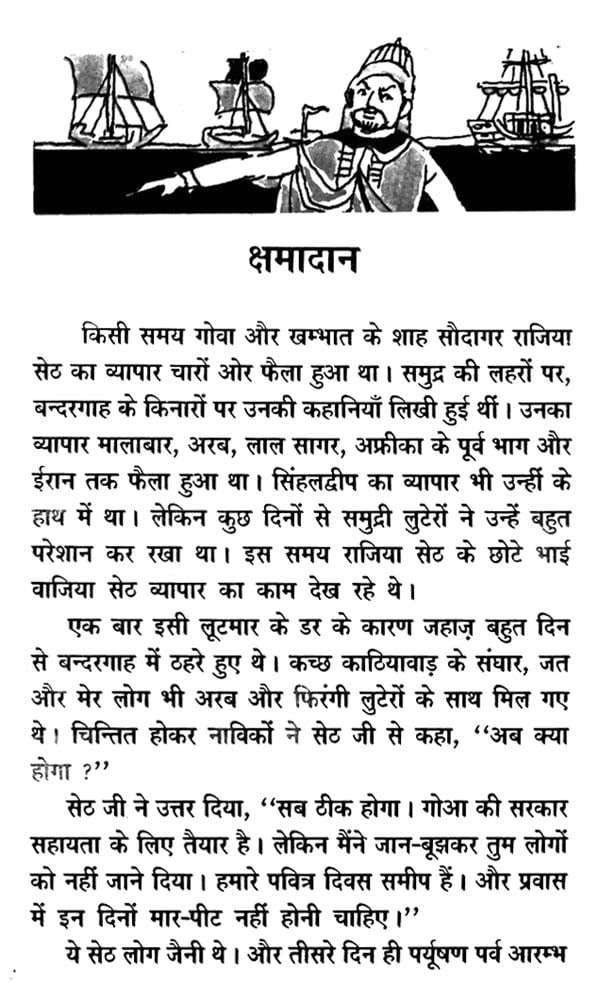In The Mark of Vishnu by Khushwant Singh we have the theme of tradition, modernity, faith, loyalty, respect and change. Taken from his Collected Stories collection the story is narrated in the first person by a young unnamed boy and after reading the story the reader realises that Singh may be exploring the theme of tradition. Gunga Ram is a believer in Vishnu and believes that all living creatures should be protected even it those creatures like Kala Nag (cobra) may be dangerous. This is in contrast to the narrator and his brothers who prefer instead to believe in modernity and as such attempt to kill Kala Nag in order that their teacher might perform experiments on him. Throughout the story there is also a sense that Gunga Ram is on the outside. The narrator and his brothers because of Gunga Ram’s lowly position in the house ridicule and make fun of him. This may be important as in many ways Singh could be using how badly treated Gunga Ram is treated as foreshadowing to events that occur later on in the story. Gunga Ram has an excessive belief in the abilities of Vishnu yet at the end of the story Vishnu does not save Gunga Ram. As expected Kala Nag follows his instincts and attacks Gunga Ram.
Jesus is believed by Christians to be the Christ - the Son of God. This article explains what we know about him from history and the Gospels, presents an audio journey through Jesus's life,.
The Mark Of Vishnu And Other Short Stories Full
- Mark of Vishnu and Other Stories Hardcover – January 1, 1950 by K. Singh (Author) See all formats and editions Hide other formats and editions. Price New from Used from Hardcover, January 1, 1950 'Please retry' — — — Hardcover — The Amazon Book Review Book recommendations, author interviews, editors' picks, and more.
- The story, “The Mark of Vishnu”, is one of the remarkable and appreciated short. The long-term exposed were affected more serious than the short-term exposed. Other than vibration-induced.
If anything Singh may be pitting the traditional beliefs of Gunga against the more modern beliefs of the narrator and his brothers. With modernity prevailing. Which may be the point that Singh is attempting to make. He may be suggesting that an individual may need to reassess what they believe in and why they believe in it and possibly look at life through a modern lens. Though Gunga Ram considers no harm will come to him or others because he gives Kala Nag milk every day. The reality is that Kala Nag kills Gunga Ram. This is somewhat ironic considering the traditional views of Gunga Ram. However it might also be important to remember that Gunga Ram is a man of great faith. Some may suggest he is blinded by faith and it is noticeable that he is blinded by Kala Ng. Which may be symbolically important as Singh may be suggesting that those who adhere excessively to one belief or another may in fact be blinding themselves to other things in life. Though as readers we are aware that Gunga Ram is taking his life into his own hands when he pays respect to Kala Nag. We are also aware that Gunga Ram is just doing what many who favour tradition over modernity might do.

It may also be a case that Gunga Ram has received little or no formal schooling and as such may not necessarily be open to thinking in a way that would be considered to be modern. Unlike the narrator and his brothers. It is for this reason that Singh may have included the narrator’s school in the setting of the story. A school is usually associated with learning and progressive thinking. If anything Singh may be casting a critical eye on tradition in favour of modernity. As to whether he is right to do so is left to each individual reader to decide. Some may believe that a person can learn a lot from tradition. That it serves people well. While others might feel as though modernity or formal education is a far superior teacher. It really is a personal choice for each reader. Though Singh most likely is favouring modernity over tradition based simply on the fact that Gunga Ram’s loyalty to Kala Nag costs him his life.

What is also interesting about the story is that the narrator and his brothers have little respect for how Gunga Ram thinks. It is not so much that they consider him to be old fashioned in his beliefs but rather they make no attempt to accept that some people like Gunga Ram may think differently to them. The manner in which the narrator tells Gunga Ram that he has killed Kala Nag is heartless. It is as though he does not see the importance of Vishnu or Kala Nag in Gunga Ram’s life. While one person has no belief in Vishnu and the powers that he may have the other person is a firm and ardent believer in Vishnu’s abilities. It may also be significant that the narrator is younger than Gunga Ram as Singh may be using the narrator’s youth to suggest that there is a generation who are younger who do not have the same beliefs as their elders. They believe in science and what can be proved rather than any accepted traditional values that their elders may have and which don’t necessarily stand up to scientific scrutiny. Which may leave some critics to suggest that there is an element of change occurring in society between those who have a more traditional belief and those who believe in modernity.


